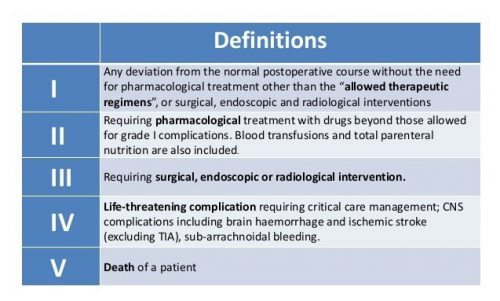It’s like the old chicken and egg question. When dealing with head trauma and falls, which came first? Did the patient have a stroke and then fall down? Or did they fall and sustain some type of intracranial hemorrhage? And you may ask, does it make a difference? They are going to get a head scan anyway, right?
In my opinion, it makes a big difference! How often have you seen the following scenario? EMS is called to a house or nursing home for someone who has fallen. They notice some extremity weakness on one side and presume the patient is having a stroke. The emergency department is then notified that a stroke patient is inbound.
On arrival, the patient was rapidly assessed and whisked off to CT scan for a CT and angiogram, possibly with neurology present. My experience is that a majority of these scans is negative for CVA. And many are positive for some type of extra-axial hemorrhage like subdural or epidural blood from the real injury.
Unfortunately, something called anchoring bias is likely to occur in this situation. Everyone from the paramedics onward are moving along under the assumption that the patient has had a stroke. They stop considering the more common diagnosis of TBI and other potential injuries in the spine and torso. Even when the CT angiogram is found to be negative, it’s difficult for people to change gears. It then takes longer to address the subdural or epidural. The involved trauma professionals are less likely to activate the trauma team. And further evaluation of the chest, abdomen, and spine may be delayed or forgotten for a time.
Bottom line: In any case of a fall followed by neurological changes that could indicate stroke, always presume a serious TBI first! If EMS requests a stroke code, it should be changed to a trauma activation prior to patient arrival. This takes advantage of the odds (more in favor of TBI) and activates a team that is well versed in evaluating the entire patient. If no evidence of hemorrhagic stroke is present, the team will then order the brain CTA and involve the stroke team as necessary.
And for good measure, every one of these cases that does start as a stroke evaluation should be addressed by the trauma performance improvement process!

